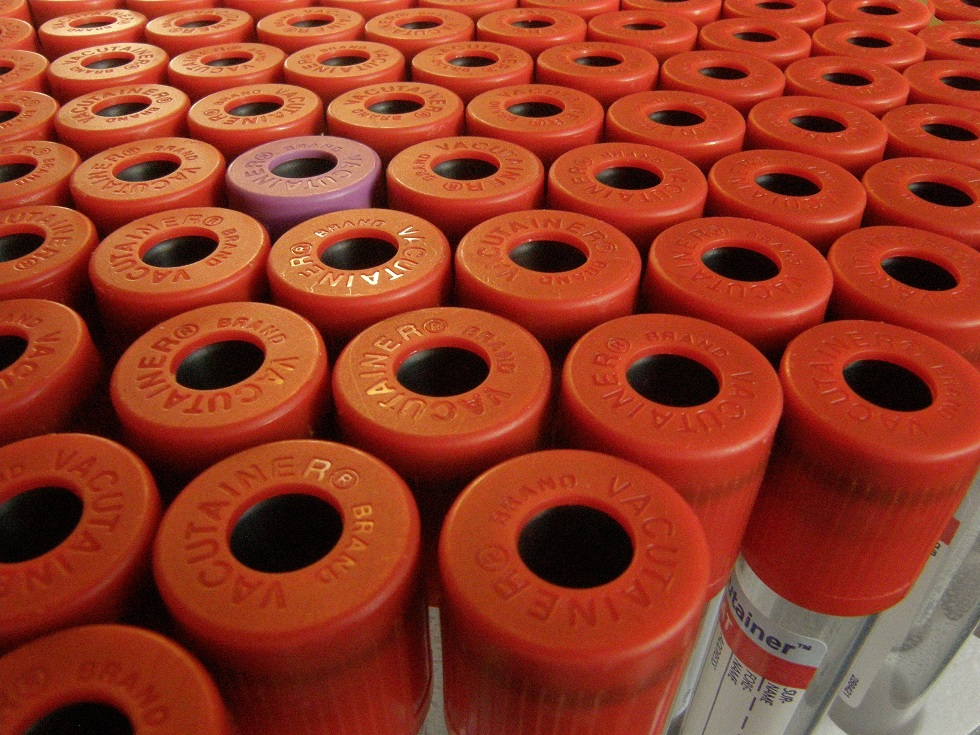Species: All
Specimen: Plasma or Serum (serum preferred)
Container: EDTA (K only), heparin (Li or NH4 only) or red-top tube.
Collection protocol: Fasted sample preferred
Special handling/shipping requirements: Standard
General information about the disease: Muscle injury or muscle catabolism
General information about when this test is indicated:
An indicator of damage to muscle (skeletal or cardiac) or, particularly in cats, muscle catabolism. Also found in smooth muscle, brain and nerves but damage to these tissues does not usually affect serum CK. Present in cytoplasm and leaks from damaged cells, increasing rapidly after muscle injury, peaking in about 6-12 hours and returning to normal within 24-48 hours after injury has stopped. Half-life <2 to 4 hours in most common domestic species. Can be increased significantly by muscle activity, including exercise – particularly relevant to racing animals. Species and age differences: Puppies have higher serum CK than adult dogs and canine serum CK may be higher than plasma CK due to presence of CK in canine platelets. Bovine uterus has enough CK to produce increased serum CK in endometritis.
Major differentials:
- Increase: Muscle damage from physical trauma, hypoxia, thrombosis, exertion, seizure, recumbency, VitE/Se deficiency, inflammatory myositis (Neospora, Toxoplasma, bacteria etc), toxin, inherited disease, neoplasia. Muscle catabolism, especially in anorexic cats. Haemolysis (artefact).
- Decrease: Not usually clinically significant. Can be seen in some animals with reduced muscle mass.
Comparison with other related tests: After muscle injury CK increases more rapidly than AST and returns to normal earlier.

